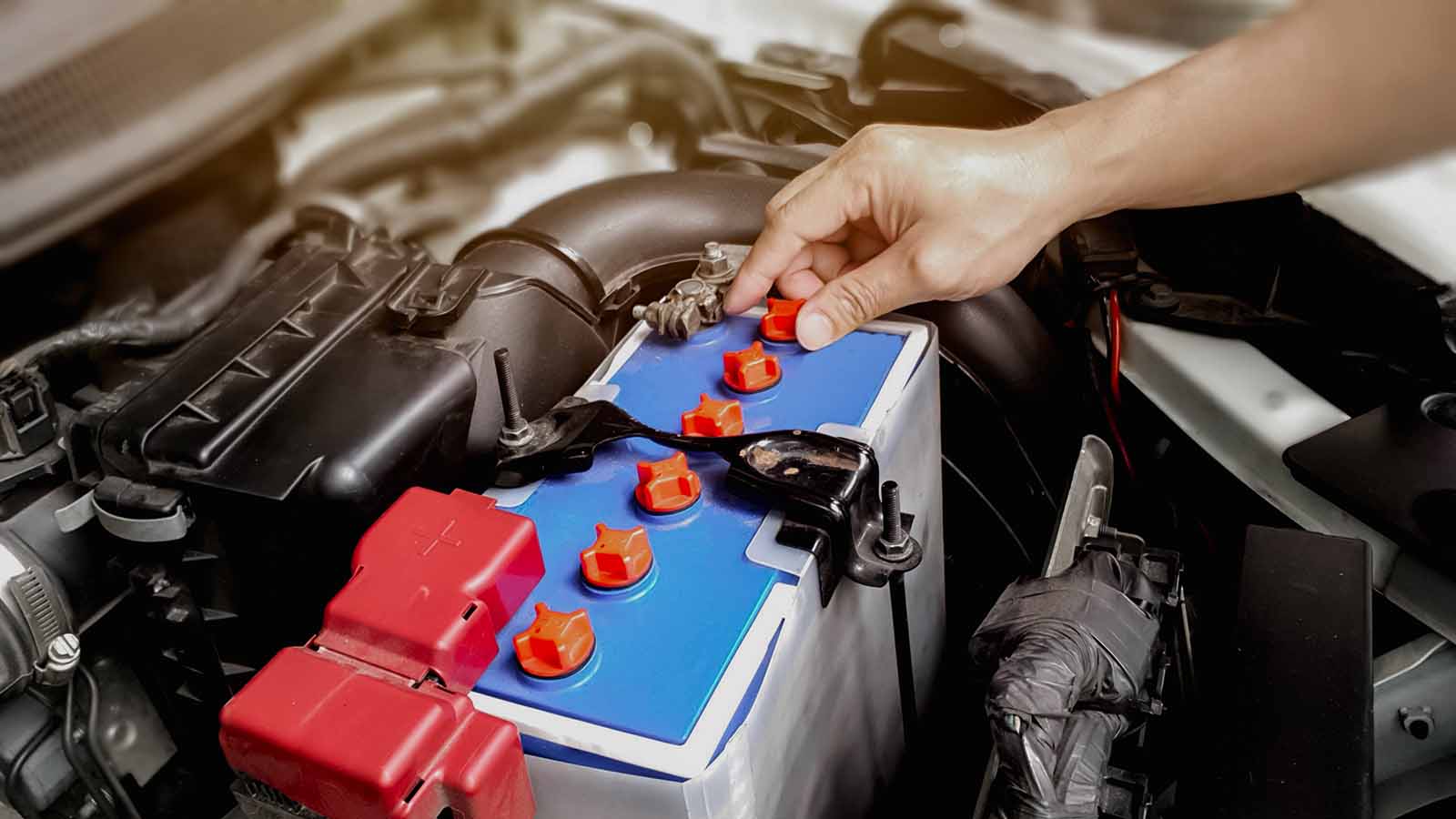A dead battery can leave you stranded at the most inconvenient times—whether you’re rushing to work or on a road trip. Fortunately, if you know how to jump-start a car safely, you can get back on the road quickly. However, improper handling of jumper cables or battery terminals can damage your vehicle or even cause injury. This guide explains the safe and correct way to jump-start your car’s battery, especially under Indian road conditions.
When Do You Need a Jump-Start?
Your car battery may die due to:
- Leaving the headlights or cabin lights on
- A weak or old battery
- Cold weather
- Alternator failure
- Faulty wiring
Signs of a dead battery include:
- The engine doesn’t crank or clicks when you turn the key
- Headlights are dim or not working
- Electrical components (radio, dashboard lights) fail to respond
What You’ll Need
- A set of jumper cables
- A working (donor) vehicle with a fully charged battery
- Gloves (optional but safer)
- A flat, safe place away from traffic
Step-by-Step: How to Jump-Start a Car Safely
1. Park the Vehicles Safely
- Position the working car close enough so the jumper cables can reach both batteries, but do not let the vehicles touch.
- Switch off both engines and remove the keys.
2. Locate the Batteries
- Open the hoods and identify the positive (+) and negative (–) terminals.
- Remove any battery covers if necessary and ensure terminals are clean.
3. Connect the Jumper Cables in This Exact Order:
- Red to Dead: Connect one red (positive) clamp to the positive terminal of the dead battery.
- Red to Donor: Connect the other red clamp to the positive terminal of the good battery.
- Black to Donor: Connect one black (negative) clamp to the negative terminal of the good battery.
- Black to Metal Ground: Connect the remaining black clamp to a metal, unpainted part of the dead car’s engine or chassis (not the battery terminal). This reduces the risk of sparks.
4. Start the Donor Car
- Let it run for 1–2 minutes to charge the dead battery slightly.
5. Start the Dead Car
- Try to start the car with the dead battery.
- If it doesn’t start within a few attempts, wait another minute and try again.
6. Let Both Cars Run
- Once the dead car starts, let both engines run for 5–10 minutes to stabilize the charge.
7. Disconnect in Reverse Order:
- Remove the black clamp from the grounded metal surface.
- Remove the black clamp from the donor battery.
- Remove the red clamp from the donor battery.
- Remove the red clamp from the formerly dead battery.
Avoid letting the clamps touch each other during the process.
After Jump-Starting
- Drive the car for at least 30 minutes to recharge the battery.
- Visit a nearby mechanic or service center to test the battery and alternator.
- If the car doesn’t hold the charge, the battery may need replacement.
Safety Tips
- Never smoke or light a match near a car battery.
- Do not jump-start a damaged or leaking battery.
- Avoid using frozen batteries.
- Only jump-start vehicles with the same voltage system (typically 12V for most cars).
- Keep jumper cables in your emergency car kit.
Pro Tip: Consider investing in a portable jump starter if you frequently travel or live in remote areas.
Final Thoughts
Knowing how to safely jump-start a car can save you time, money, and stress. It’s an essential skill every driver in India should learn, especially with the unpredictable conditions on our roads. Just remember to follow the correct sequence, take safety precautions, and seek professional help if the issue persists.

